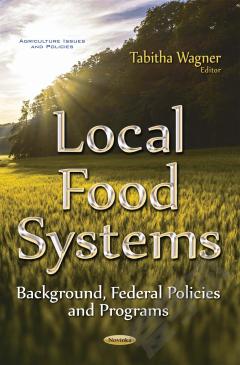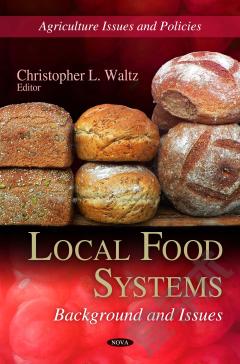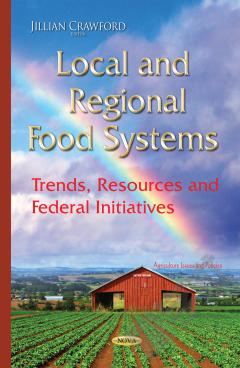Local Food Systems: Background, Federal Policies and Programs
Sales of locally produced foods comprise a small but growing part of U.S. agricultural sales. Estimates vary, but they indicate that local food sales total between $4 billion and $12 billion annually. The U.S. Department of Agriculture (USDA) estimates that local food sales totaled $6.1 billion in 2012, reflecting sales from nearly 164,000 farmers selling locally marketed foods. This represents 8% of U.S. farms and an estimated 1.5% of the value of total U.S. agricultural production. Most (85%) of all local food farms are smaller in size, with gross annual revenues under $75,000. Local and regional food systems generally refer to agricultural production and marketing that occurs within a certain geographic proximity (between farmer and consumer) or that involves certain social or supply chain characteristics in producing food (such as small family farms, urban gardens, or farms using sustainable agriculture practices). Some perceive locally sourced foods as fresher and higher in quality compared to some other readily available foods and also believe that purchasing local foods helps support local farm economies and/or farmers that use certain production practices that are perceived to be more environmentally sustainable. However, no such standards or practices are required under federal programs that support local foods. This book provides background information on many of the type of operations engaged in the U.S. local and regional food system; highlights some of the available resources within existing federal programs administered by USDA and other agencies; and discusses some of the legislative options that have been previously proposed by Congress and intended to broaden support for local and regional food systems
{{comment.content}}








 京公网安备 11010802027623号
京公网安备 11010802027623号